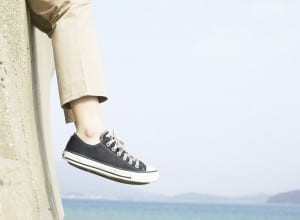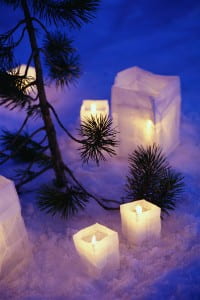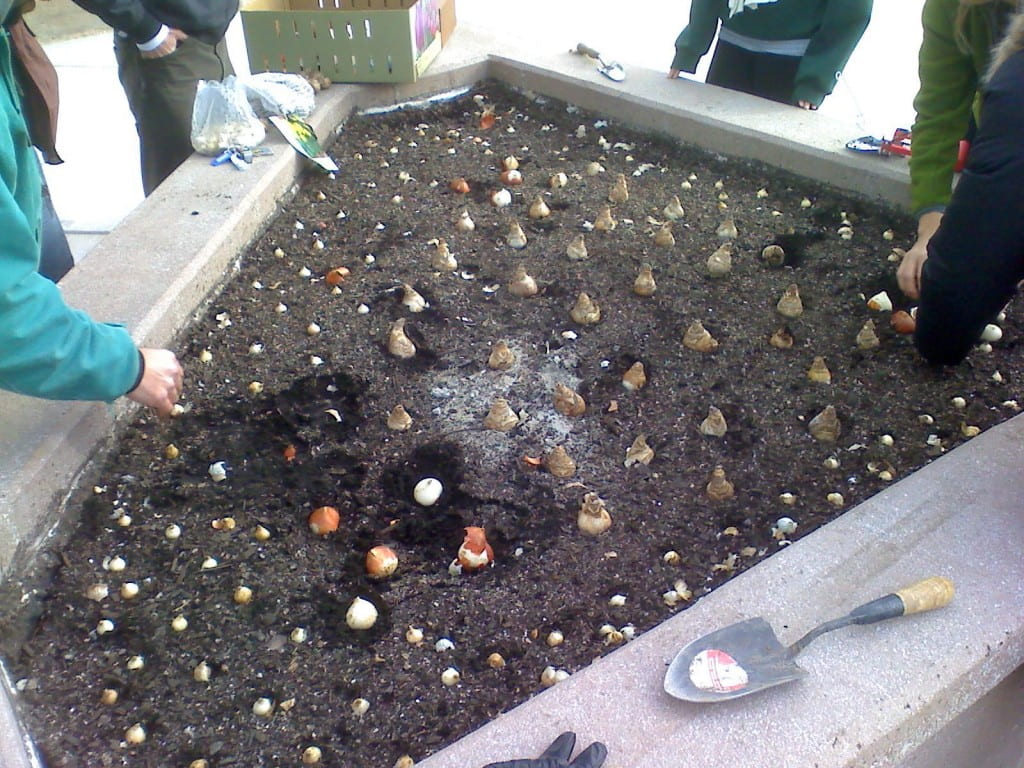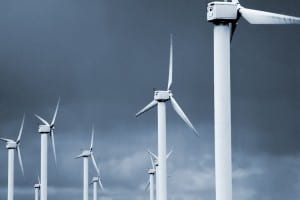 Published on Greenbiz.com, Dec. 12, 2012; Author: Richard Mattison
Published on Greenbiz.com, Dec. 12, 2012; Author: Richard Mattison
“Past True Cost columns have relied on generic product data. This month, we provide a case study based on actual product data following the work PUMA has done to identify the environmental price tag of its products.
PUMA wanted to understand whether its efforts to develop more sustainable clothing products had in fact been making a positive difference after all environmental impacts across the full product lifecycle had been taken into account.
The PUMA Product Enviromental Profit and Loss (EP&L) analysis compares a pair of PUMA’s conventional Suede sneakers versus a pair of PUMA’s soon-to-be-launched biodegradable InCycle Basket sneakers.
The analysis takes account of the environmental impacts caused by greenhouse gas (GHG) emissions, waste and air pollution, as well as the use of natural resources such as water and land along the entire value chain, from the generation of raw materials and production processes to the consumer phase where the product is used, washed, dried, ironed and ultimately discarded.
The results of this analysis confirm that PUMA’s focus in creating a sustainable footwear alternative was not in vain. The enviromental impacts of the conventional PUMA Suede sneaker amounted to €4.29 ($5.61) per pair, while those of the InCycle basket sneaker were only €2.95 ($3.86) – around a third less environmental damage across the product lifecycle.
How was this acheived?
Previous EP&L analysis of PUMA’s operations and supply chain identified that its environmental impacts were mainly concentrated in the raw material production and processing tiers of PUMA’s supply chain. This provided important focus areas for environmental optimization.
Greenhouse gases. Substituting the conventional PUMA Suede leather uppers for a combination organic cotton and linen led to significant GHG savings for the InCycle sneaker, as the GHGs associated with rearing cattle for leather production far exceed those related to cotton farming. Further GHG savings resulted from a switch to organic cotton which avoids the use of GHG-intensive synthetic fertilizers. And finally at the end-of-life, the InCycle Basket has the lowest GHG emissions because it is 100 percent compostable, whereas the traditional PUMA Suede is not currently recyclable and cannot be composted due to chemicals used in the production of the Suede. The PUMA Suede will ultimately end up in a landfill or incinerator.
All tallied, GHG emissions from the production, consumer use and end-of-life of the PUMA InCycle sneaker cause around 35 percent less environmental costs from GHG emissions than the conventional PUMA Suede.
Water. The InCycle sneaker outperformed the PUMA Suede with 21 percent less water consumption. This can be linked directly to leather, which requires more water during the tanning and processing phase than cotton. The PUMA InCycle sneaker does, however, have a higher water cost during the raw material phase since organic cotton farming is more intensive than cattle ranching.
Land Use. Choosing which country products and services are sourced from has a direct impact on land use valuation, since this relates to the types of ecosystems that are affected. The analysis found that the InCycle sneaker has a 20 percent reduced enviromental cost from land use because a far larger area of agricultural land is required for the production of leather, in particular related to cattle farming, than for the production of cotton.
Waste. When analyzing waste generation throughout the product life-cycle, the InCycle sneaker creates approximately one third of what the PUMA Suede generates. The main savings are at the raw-material production and processing stages, where cotton generates far less waste than leather. Additionally, due to the compostable nature of the PUMA InCycle, there aren’t any environmental costs associated with waste at end-of-life.
Air Pollution. The PUMA InCycle sneaker has a 14 percent higher environmental cost related to air pollution than the PUMA Suede because the energy required to convert cotton into thread and weave it into fabric is higher than the energy necessary to process leather.
However, applying a financial value to these competing environmental costs quickly revealed that the negative air pollution impacts were easily offset by the much more significant savings in other areas.
Focusing on Waste
To clear the waste that 100,000 pairs of conventional sneakers cause during the production process and the consumer life, 31 waste disposal trucks are needed. Now consider this against the billions of sneakers made each year – around 21 billion pairs in 2011 alone – and you will begin to see the tip of the iceberg of what needs to change.”
To read more and understand the impact of true cost accounting, read the rest of the article here.










